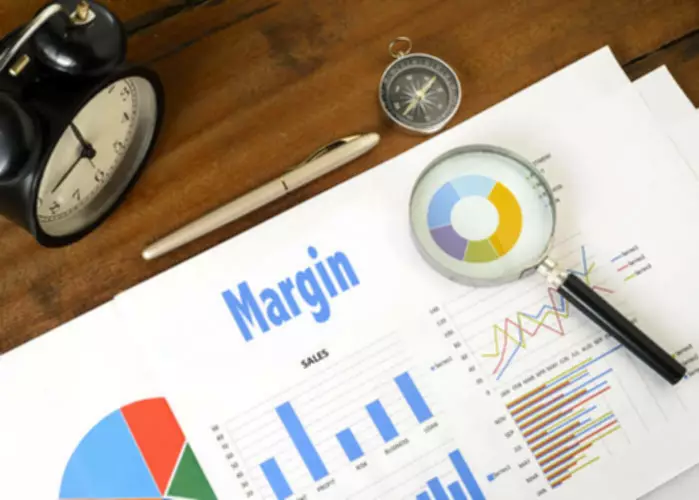Marginal cost Wikipedia
Content

The LCOE results show a similar trend to the incremental cost of electricity results for the pelletized biomass cofiring scenarios . The LCOE values for pellets range from 40 to 60$MWh−1 across different cofiring levels. At 5% cofiring level, it is cheaper to cofire regular pellets than raw biomass. This is largely due to the feedstock costs, biomass requirement, and the transportation distance. For example, while the feedstock cost at 5% cofiring level for forest residue pellet is 6.18$GJ−1, the feedstock cost for raw forest residue is 6.03$GJ−1. The biomass requirement for raw biomass is higher than that of pellet and therefore results in higher costs for raw biomass than pellet at this cofiring level.
Each individual’s unique needs should be considered when deciding on chosen products. In order for that to happen, the incremental revenue must be greater than the incremental cost. The benefits of implementing new or alternative technologies to take on a business challenge or opportunity far outweigh the incremental cost. However, these reformers are slow to react to changes in demand and add a large incremental cost to the vehicle powertrain. The incremental cost of conducting business transactions on the internet is as much as fifteen times less expensive than paper transactions. The ratings are assigned to each model based on the resulting incremental cost according to the range values shown in the table in the right.
What if Marginal Cost Is Lower Than Price?
The average operating cost increases due to inefficiency in the system, employee incoordination, administration & management issues, and delayed decisions. Production costs are incurred by a business when it manufactures a product or provides a service. The accuracy and usefulness of our estimate of cost-effectiveness will obviously depend on how well our state-based model captures reality. We are likely to get poor estimates if we have missed an important state, or if our estimated transitions between states are wrong. Researchers should also systematically search the literature and find the best available data to inform the costs, QALYs, and transitions. More states can be added to capture complex journeys; but if the model’s states cover the major costs and health states, then it should provide useful estimates for our bigger picture. Example of a state-based model used to estimate health and costs over a lifetime.
The incremental cost of emission control is the cost difference between the competing options for reducing one kilogram of emissions. Whether we decide to increase production or not, the cost of building a plant will remain the same. Then there is the cost of labor to transform said materials into sellable products.
Incremental Costs vs. Margin Costs
If a reduced price is established for a special order, then it’s critical that the revenue received from the special order at least covers the incremental costs. Being able to measure profitability is a key issue in any production system. For years, so-called analytical accounting relied on arbitrary allocation of indirect costs to product types or services, and hence made it impossible to evaluate the true profitability of these product types or services. Accounting techniques have evolved dramatically during the past few years due to the new project-oriented paradigm, which is the most important characteristic of supply chains. If the opposite occurs where the incremental cost is greater than the incremental revenue, the production and sale of an additional unit will generate a loss instead.
What is incremental cost borrowing?
The incremental borrowing rate (IBR) is the interest rate a lessee would have to pay to borrow funds to finance an asset similar to the lease's ROU asset in value, over a similar term and in a similar economic environment.
https://www.bookstime.com/ is an important calculation for understanding numbers at different levels of scale. The calculation is used to display change in cost as production rises. If you manufacture an additional five units, the incremental cost calculations shows the change. The calculation is critical for financial planning, accounting and understanding your costs, margins and profitability at different levels of production. It represents the added costs that would not exist if the extra unit was not made. That means that many fixed costs such as rent on a factory or buying a machine are not usually represented.

